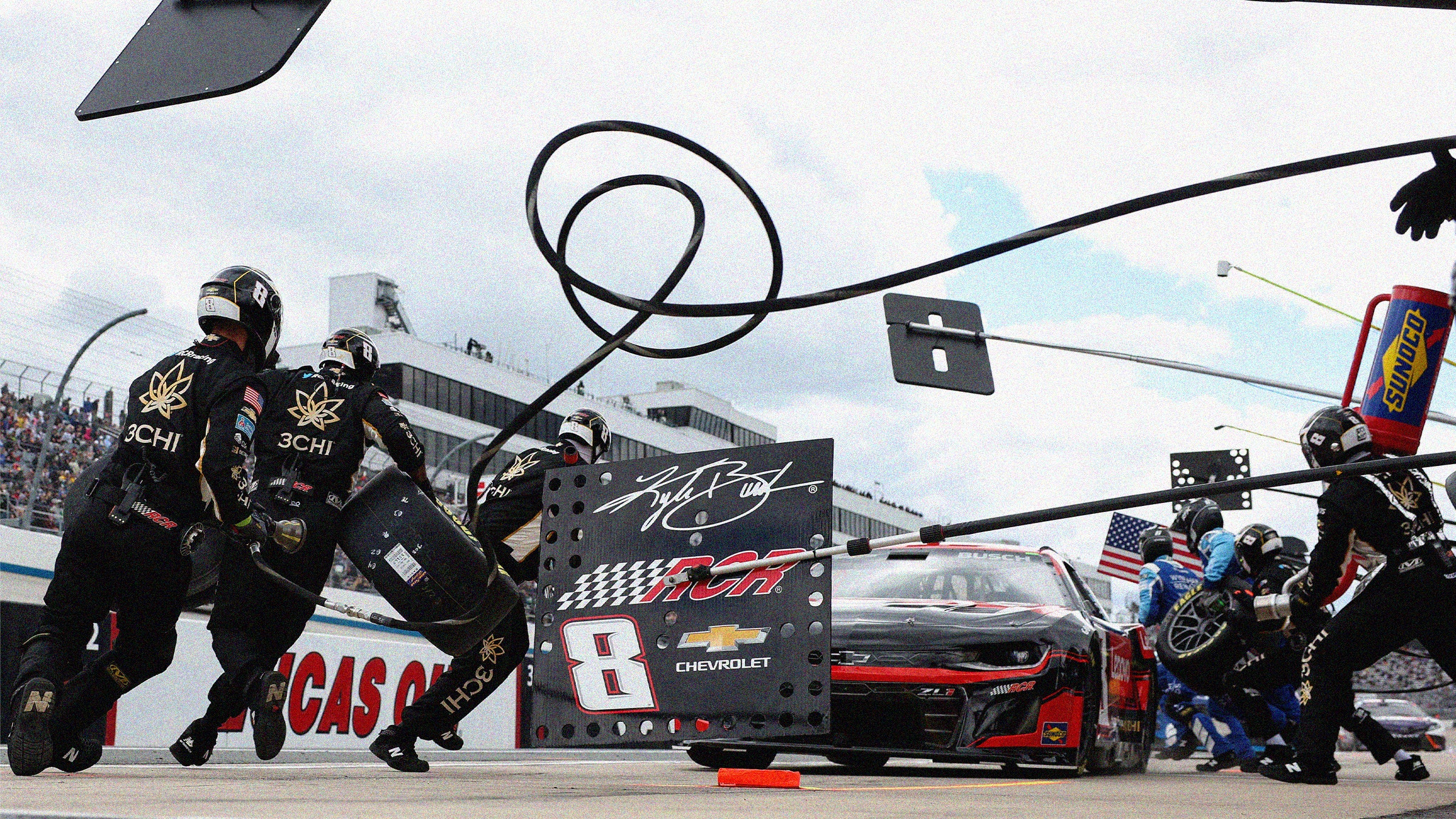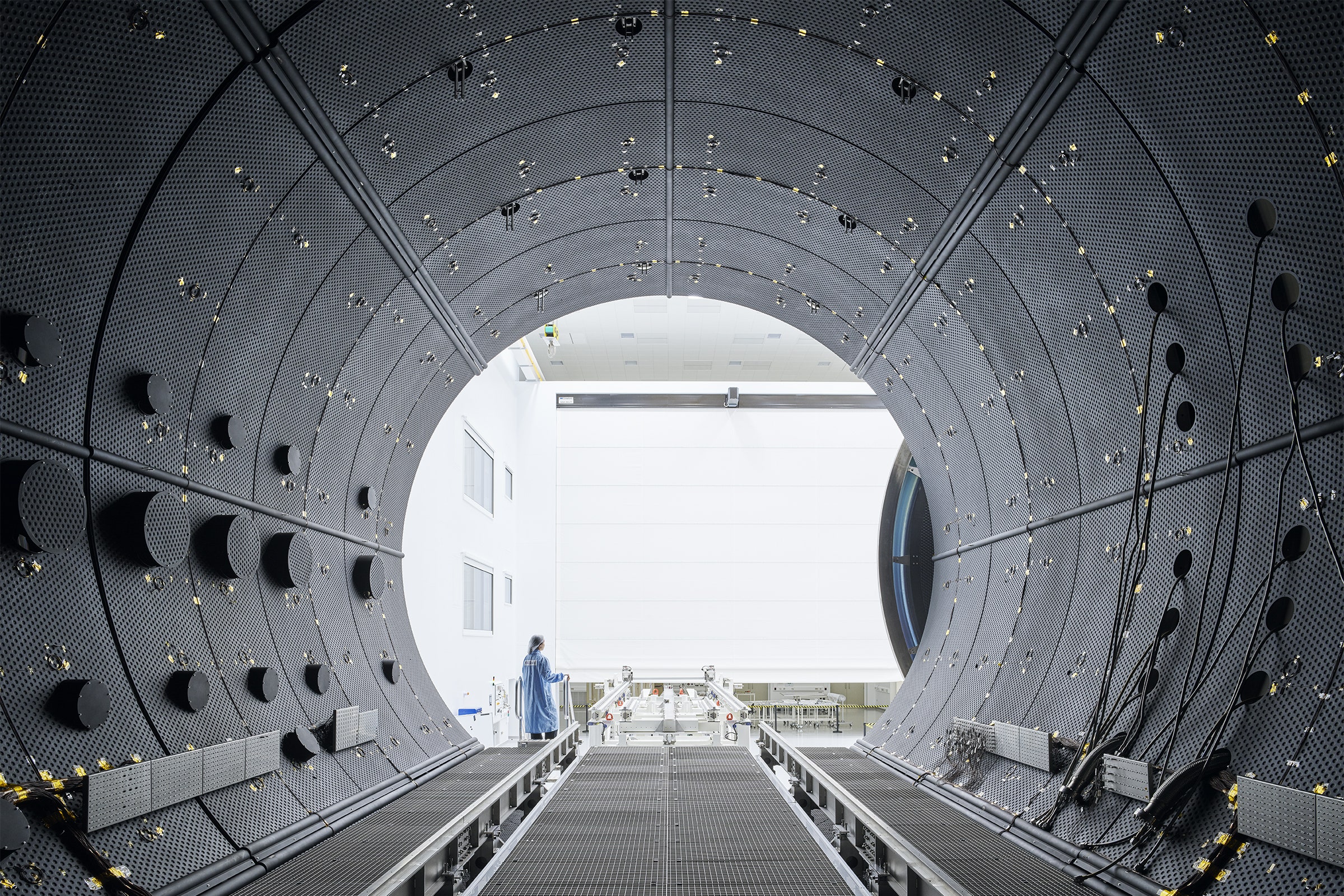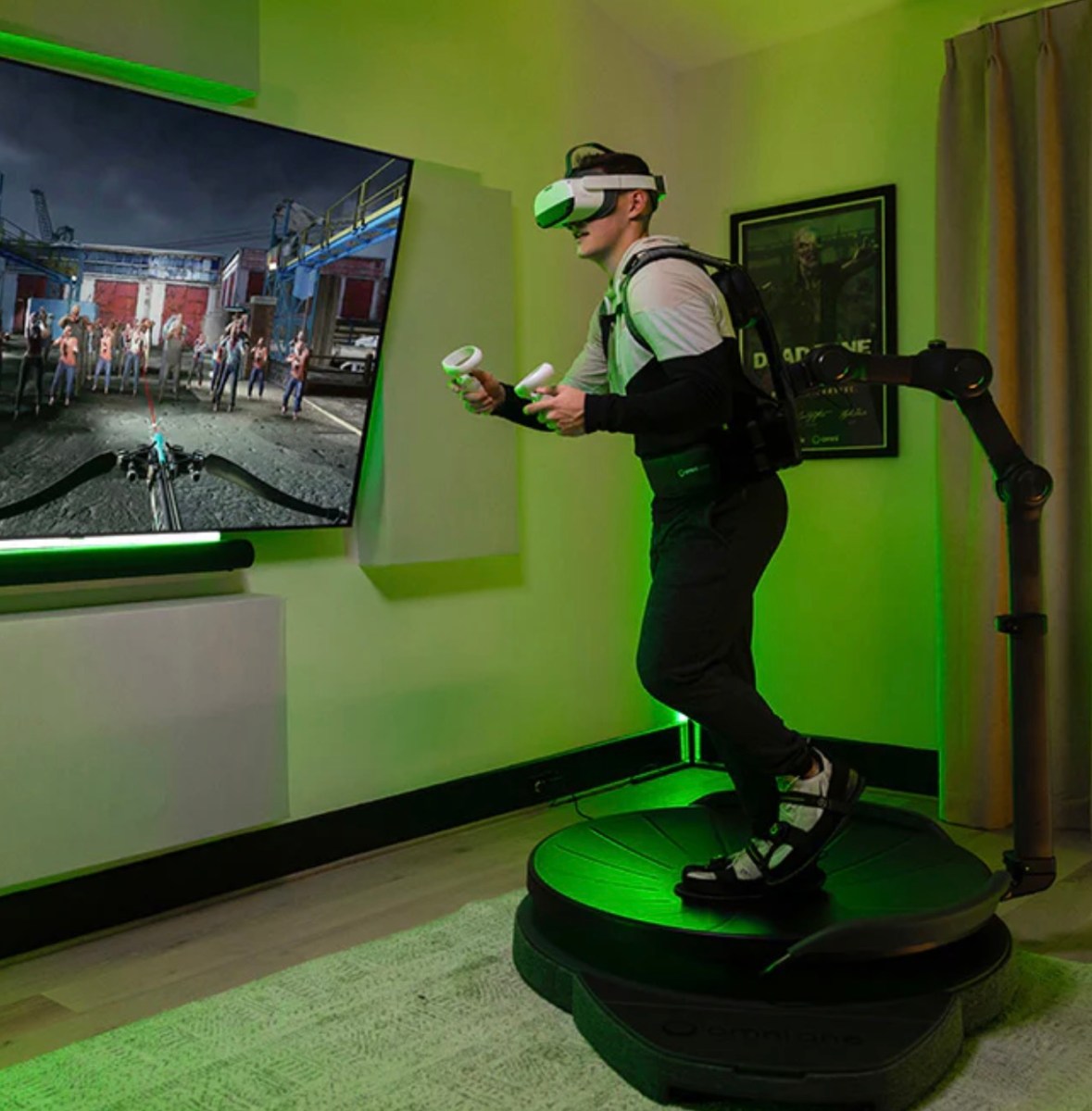Formula One’s paymaster, Liberty Media, may have thrust the sport deep into its American heartland—there are now three grand prix in the US—but it’s Nascar that continues to build its TV audience there against a slight decline for the “open wheel” F1 and IndyCar championships.
European race fans are famously sniffy about stock car racing, but there’s something about an ostensibly low-tech, normally-aspirated pushrod V8—with a capacity of 358 cubic inches (5.8 liters) and a 670-hp output—charging round an oval that reaches the parts other race series don’t. Or have perhaps given up on.
Not that the Nascar grid isn’t trying to gain a technological advantage every which way it can. Lenovo is working with one of the series’ biggest names, Richard Childress Racing, to help finesse its pit stops during a race—and there are lots of them in the Nascar Cup Series, anywhere between five and 12 depending on the circuit and what’s happening ontrack. In particular, the company is using AI to gain real-time insights into refueling.
Fuel mileage is obviously a critical part of any Nascar race, almost an art in itself—in addition to being a source of drama and jeopardy. (NB: Refueling has been banned in F1 since 2010 for cost and safety reasons.) The cars themselves aren’t fitted with fuel gauges in the cockpit, so it’s down to the teams’ strategists to constantly monitor the amount that goes in during a pit stop and the rate at which it’s consumed.
As with any other use case, fuel consumption depends on a number of variables, including the length and configuration of the track and the speeds the cars are running at. There are a number of “cautions” during a race, at which time the cars will typically use half as much fuel.
In Nascar, the drivers also “draft,” a technique that enables them to maintain speed in the pack without using full throttle. Less fuel consumed means fewer pit stops, and when they do pit they take on a smaller amount. On average, a Nascar Cup series car—not the most energy efficient device—will use 100 gallons (380 liters) of fuel in a race.
Lighter Is Always Faster
It’s not an exact science, but the aim of Lenovo’s AI team is to make it as close to one as possible. If RCR could measure the amount of time the fuel cans were connected to its cars, it figured, then the team could calculate more precisely the quantity of fuel delivered.
That was the brief. Lenovo’s response was to devise a system that used in-car transponders and a camera mounted above RCR’s pitbox to identify when a car has entered the box and begin a real-time videofeed.
“An AI engine looks at each frame and classifies whether the fuel can is plugged or unplugged,” Lenovo AI data scientist Sachin Wani explains. “We’re working at 30 frames per second, so the information is accurate to within about 0.03 seconds. Prior to this, the fuel man knew that he had to pump in about seven seconds worth of fuel—without any devices to help because of safety concerns.”
“So, basically it came down to mental calculations, which meant that seven seconds could become eight or nine. Or worse still, five or six. That obviously messes up the strategy, and creates a situation where they’ve short-fueled and need to make another pit stop,” says Wani.
It’s a numbers game, with Lenovo’s pit-stop AI now doing lots of the heavy lifting. With a can plugged onto the car, approximately 11 gallons of premium race juice will flow into the tank during a pit stop. When the tire change goes from left to right, the fuel man can switch to a second fuel can. A Nascar fuel cell holds 20 gallons (76 liters). A liter of fuel, depending on its exact composition, weighs approximately 0.75 kilograms. Motor racing is all about fine margins, and it’s easy to see how even an extra second refueling can adversely affect the weight and competitiveness of the car. Lighter is always faster.
Nascar Numbers Game
“The AI provides the teams with more confidence in the numbers,” RCR’s technical director, Eric Kominek, says. “The telemetry data, in conjunction with the exact fuel adds, allows the teams to calculate fuel mileage to within 100 feet. Whether the teams are trying to make sure they don’t have to wait on fuel during the next stop or optimize their best finishing position for a stage or race end, the AI fuel flow numbers are very helpful.”
Sachin Wani says Lenovo trained its Nascar AI helper on its own dataset, then tweaked it for maximum accuracy. “We looked at all sorts of different weather conditions, night races, and so on. The driver might overshoot his mark when he enters the pitbox. So there were lots of scenarios to consider. We spent most of 2023 training the AI model for the 2024 season,” says Wani.
And the work didn’t stop there. Wani claims his team are constantly refining the AI model, investigating other time-critical factors. This includes measuring the precise angle at which the fuel can is attached to further optimize fuel flow. They’re also planning to attach GoPros to the tire crew so they can determine whether the single lug nuts on the wheels have been tightened sufficiently during a pit stop.
“None of us here were big Nascar fans before this project,” admits David Ellison, Lenovo’s chief data scientist, “so we’ve learned a lot, and really respect how the teams operate as a result.”










